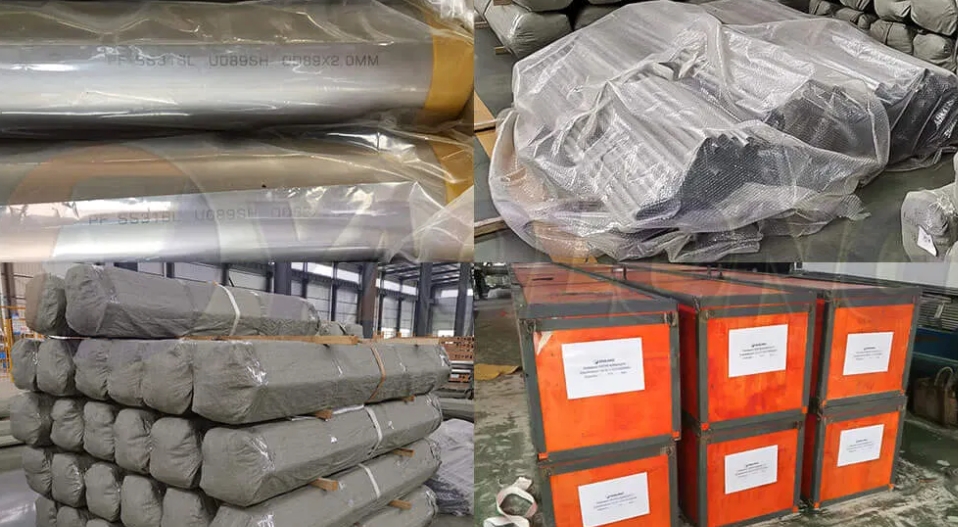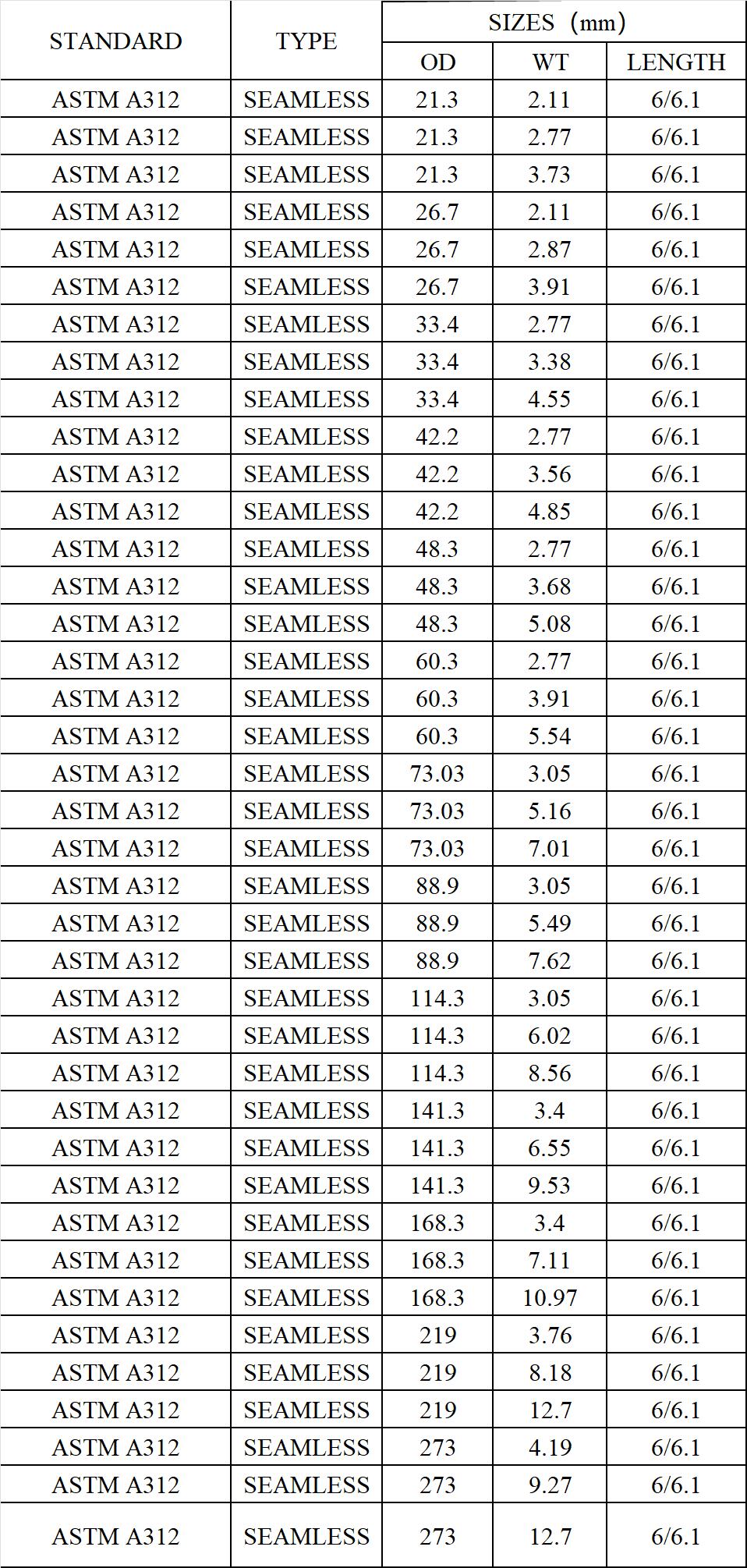The chemical composition of stainless steel seamless pipes under the ASTM A312 standard mainly includes elements such as chromium (Cr) and nickel (Ni), which give stainless steel excellent corrosion resistance. Specific grades such as 304, 316, 316L, etc., also have different nickel content and corrosion resistance. For example, 316L stainless steel has increased the content of molybdenum (Mo) compared with 304 stainless steel, thereby improving its resistance to highly corrosive media such as chloride ions.
ASTM A312 stainless steel seamless pipes are widely used in many fields due to their excellent corrosion resistance, good mechanical properties and stability at high temperatures. They can be seen in industries such as petrochemicals, natural gas transportation, food processing, pharmaceuticals, shipbuilding, marine engineering, and nuclear power. These industries have extremely strict requirements on pipeline materials. They not only need to be able to withstand high pressure, high temperature and corrosive media, but also need to have a long service life and low maintenance costs.
The manufacturing process of ASTM A312 stainless steel seamless pipes is complex and delicate, including raw material preparation, perforation, hot rolling, cold rolling, annealing, pickling, finishing and other links. The raw materials must be austenitic stainless steel plates or strips that meet the standard requirements. After cutting, cleaning and other pre-treatment, they are sent to the forming machine for rolling or pressing. The formed tube billet needs to be solution treated or cold worked to further adjust its mechanical properties and adapt to more demanding application environments.




